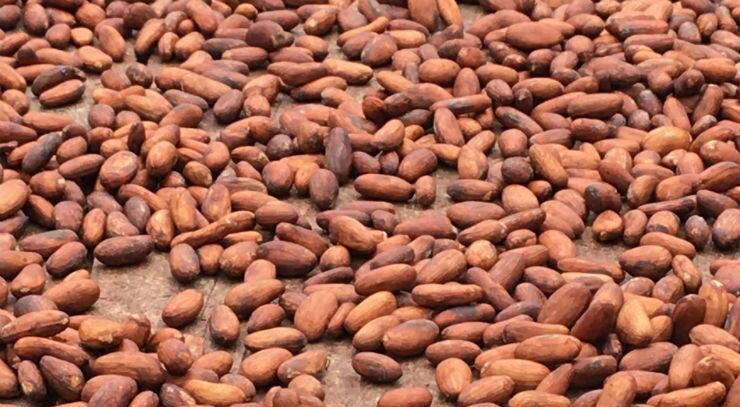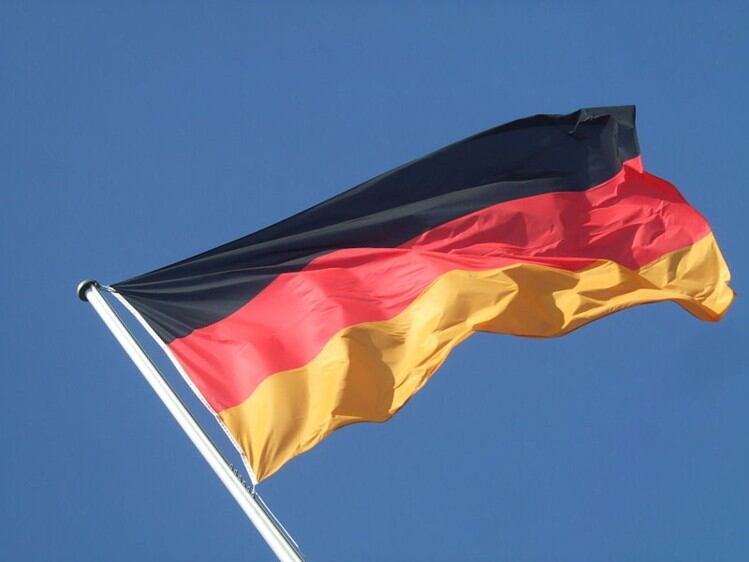In a recent statement to mark the International Year for the Elimination of Child Labour, the EC says that for the first time in the 20 years, there is an increase in the number of children in child labour in industries including textiles, agriculture and fisheries. It says millions of children further risk falling victim to child labour due to the coronavirus pandemic and its socio-economic consequences.
The EC's latest study into child labour in the main cocoa growing countries of Ghana and Cote d’Ivoire reports that despite much effort, ending child labour and promoting sustainable cocoa production have proven to be more complex than anticipated.
Cocoa sector
While acknowledging the reasons for child labour are multifaceted, one of its key findings is the fact that efforts to eliminate child labour in West Africa’s cocoa sector are not sufficiently and structurally embedded within a functioning institutional support system.
A wider systems based approach is needed and it recommends: “Poverty reduction, education, youth focus, gender and deforestation need greater attention. Continuing more of the same, or even improving it somewhat, will not be sufficient,” says the report's authors.
The report says existing efforts have had some local impact in targeted communities but this is not sufficient for wide and sustainable impact.
There is a need for especially high level of collaboration among implementers at the decentralised (local level) and a need to improve overall institutional structure and collaboration.
Cocoa pricing
If farmgate prices are too low, it makes it difficult for farmers to obtain a decent livelihood for themselves and their families.
The need to address poverty, increase yields per hectare and improve incomes in cocoa production in Ghana and Cote d’Ivoire cannot be overstated. It is long overdue, says the EC report.
It says the Living Income Differential (LID) of US $ 400/MT on all cocoa sales in Ghana and Cote d’Ivoire from 2020-2021 and the minimum price of US$ 2,600 /MT for the year 2020-2021A is a ‘commendable point of departure’.
But it also states that companies, including retailers, can commit to ensuring that prices at the farmgate are further increased and provide support for various initiatives to contribute to eliminating child labour and deforestation.
The financial cost of achieving an entirely child labour-free value chain and eliminate deforestation is high. While industry and government can be expected to invest, other funding mechanisms also need to be identified. These could include increasing the price of cocoa products at retail level by a small amount.
Though a small increase for the consumer, this could, nevertheless, make a real difference for farmer households. While there are differences of opinion among stakeholders on increasing retail prices, in combination with other initiatives in cocoa communities, this could be an important step.
The report’s authors says interviews were conducted with 137 stakeholders from the cocoa industry, key government officials, representatives of European Union institutions and delegations, the United Nations, foundations and Non- Profit Organisations (NGOs), and workers’ and employers’ organisations – and found that many agreed that for real impact, farmers’ current income from cocoa should be increased by a substantially greater amount.
Some interviewees said increases of at least three times the level of current prices are needed, while others said it should be at least four-fold.
Many stakeholders were also of the view that the increased financial amount provided through the Living Income Differential is just a start to reducing poverty.
Fernando Morales-de la Cruz, founder of cafeforchange.org, told ConfectioneryNews: "The most important fact in the study is that it confirms that multiplying three to four times the cocoa price paid to growers is needed to eliminate misery and child labour.
"Due to exploitative prices there is an income-gap of $25bn per year in global cocoa trade that must be closed, in order to eliminate misery and child labour in cocoa production everywhere in the world. The chocolate industry has been paying one fourth of the real value of cocoa with an extremely cruel human cost for producing nations."
The report concludes with a series of recommendations, including:
- Multi-stakeholder process platforms established and functioning at all levels to eliminate child labour and ensure that cocoa is produced sustainably.
- Develop a multi-stakeholder process through a transformative agenda at international (such as, the EU Sustainable Cocoa Initiative), national (participation and mediation in Public-Private-Partnership (PPP) Children First in Cocoa Framework) and local (decentralised level with focus on leadership, coordination and accountability).
- Implement at each level, from national to local, mechanisms for vertical and horizontal communications, joint planning and coordinated implementation of synergistic actions.
- Develop plans to address all of the root causes and gaps to eliminate child labour.
It says that due diligence coverage in cocoa producing communities with child labour reduction mechanisms is between 10 and 20% of cocoa producing areas. There is, therefore, limited identification, remediation and monitoring of child labour, including through international/industry development partners and producer governments.
The EC report also discovered that there is a lack of reliable and valid recent data on the exact number of cocoa farmers in Cote d’Ivoire and Ghana – but the two countries are expected to conduct a farm census in 2021, which will provide a more accurate picture.
Given the importance of cocoa in the Ivorian and Ghanaian economies, the governments of both countries play an important role in managing the industry, the study reveals.
The Conseil de Café Cacao (CCC) in Cote d'Iivoire focuses on its objectives of strengthening good governance and ensuring some regulation and transparency in the management of resources.
While the Ghana Cocoa Board (COCOBOD) was established to oversee all affairs regarding cocoa and related products in the country. It focuses on the production, research, extension, internal and external marketing and quality control of cocoa.
Cote d’Ivoire and Ghana have ratified both specific conventions on child labour, although the EC stated: 'The translation into national laws and enforcement remains weak in Côte d’Ivoire and Ghana'.
"It is also extremely important that the study was funded and managed by the European Commission because the European Union is not only the largest importer of cocoa in the world but it is also the largest financial beneficiary of misery and child labour in the rural communities that produce cocoa, coffee and many other agricultural products that also have income-gaps of tens of billions of US dollars per year," said Morales-de la Cruz.
"The challenge of reducing child labour remains daunting, the study highlights, and despite the appreciable efforts and investments made over the last two decades, stakeholders are only just beginning to understand that a combination of other factors affect poverty in addition to low income from cocoa."



